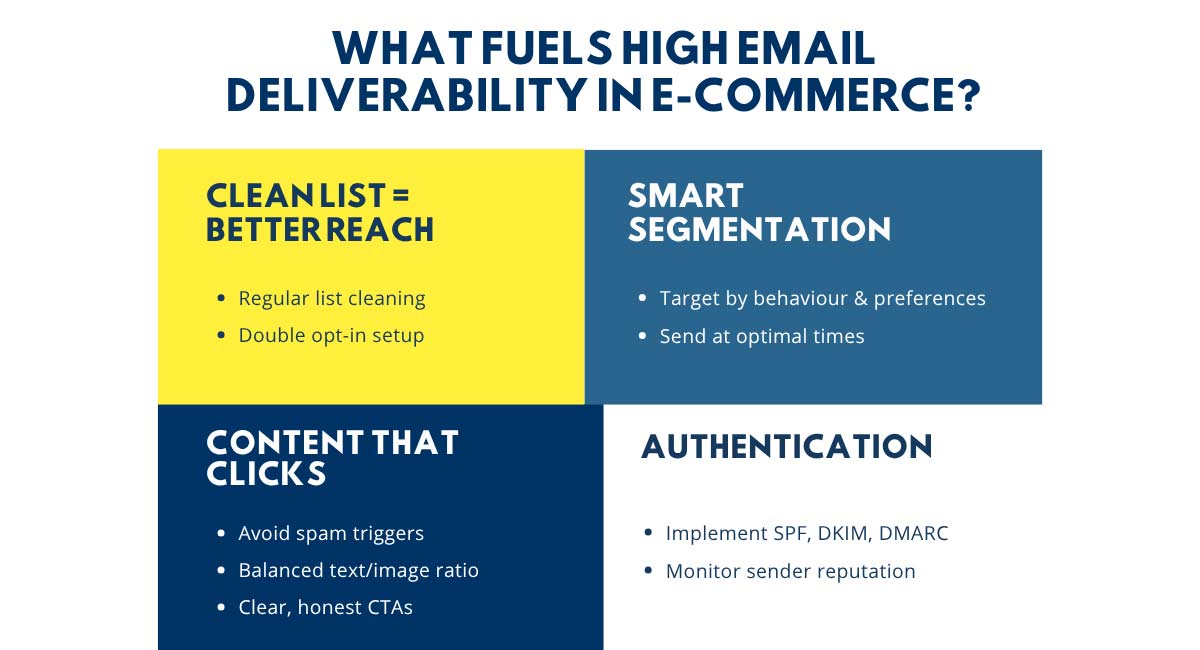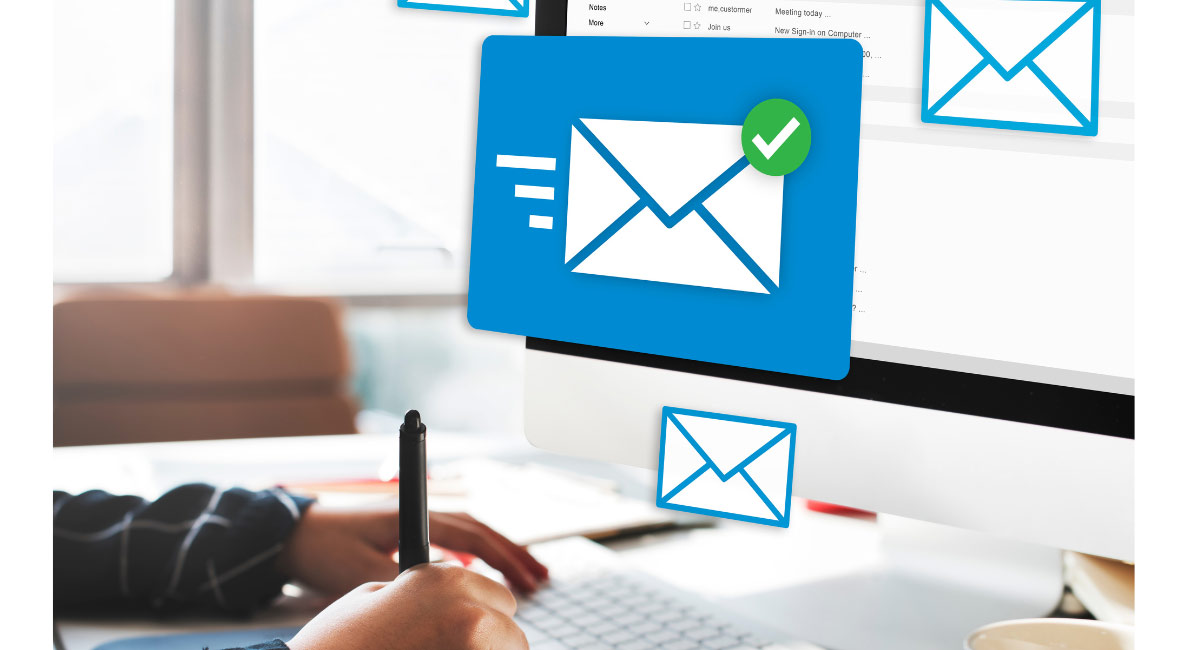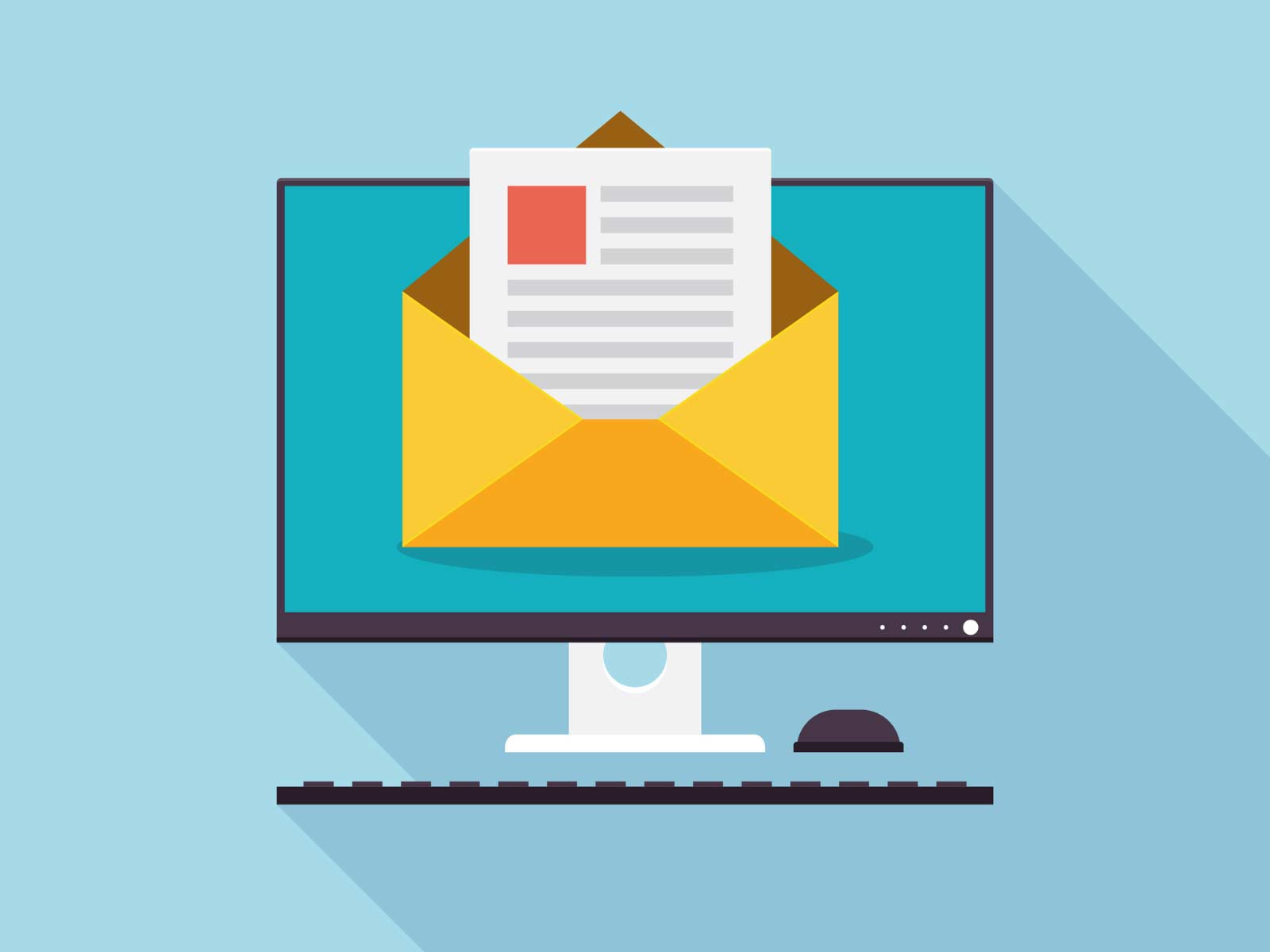A crucial aspect of email marketing for e-commerce: increasing email deliverability rates, especially in the e-commerce sector. Email deliverability is essential for ensuring that your messages reach your subscribers’ inboxes. High deliverability rates can significantly impact the success of your email campaigns, influencing customer engagement and conversions.
Let’s explore some best practices that can help you achieve better deliverability rates and better your email marketing efforts.
Understanding Email Deliverability
Before we get into the best practices, let’s cover what email deliverability is. It is defined as the ability to deliver emails to subscribers’ inboxes. High deliverability means your emails are reaching their intended recipients, which is critical for effective communication and conversion in e-commerce.

Best Practices
Maintain a Clean Email List
- Regularly Clean Your List:
Invalid email addresses, unengaged subscribers, and spam traps can harm your deliverability. Use email validation tools to regularly scrub your list, and consider removing subscribers who haven’t engaged in the past 6–12 months.
- Use Double Opt-In:
This process requires new subscribers to confirm their email addresses by clicking a link sent to their inbox. It reduces the chances of adding incorrect or fake email addresses to your list, improving overall deliverability.
Segment Your Audience
- Personalise Your Emails:
Segment your email list based on various criteria such as purchase history, browsing behaviour, demographics, and engagement levels. Tailoring your content to these segments increases relevance and engagement.
An example of a criterion may be the ideal times when your subscribers are more inclined to check their inboxes, such as in the morning hours at the start of their workday or during the lunch hour when they take a break.
- Avoid Over-Sending:
Determine the optimal frequency for each segment. Sending too many emails can lead to unsubscribes and complaints, which negatively impact deliverability. Monitor engagement metrics to adjust your sending frequency.
Create Quality Content
- Avoid Spammy Words:
Words like “Free,” “Buy Now,” or excessive use of exclamation marks can trigger spam filters. Instead, use persuasive yet non-spammy language.
- Balanced Text-to-Image Ratio:
Emails with too many images and little text can be flagged by spam filters. Aim for a balanced text-to-image ratio and include descriptive alt text for images, especially when it comes to highlighting essential information for products with the product image.
- Clear Call-to-Actions (CTAs):
Make sure your CTAs are clear, concise, and relevant to the content. Avoid using deceptive or misleading CTAs.
Authenticate Your Emails
- Use DKIM, SPF, and DMARC:
DomainKeys Identified Mail (DKIM), Sender Policy Framework (SPF), and Domain-based Message Authentication, Reporting, & Conformance (DMARC) are authentication protocols that help verify the legitimacy of your emails. Implementing these protocols can prevent your emails from being spoofed and improve your sender reputation.
- Monitor Your Sender Reputation:
Your sender reputation is a score that Internet Service Providers (ISPs) assign to your domain and IP address based on your email sending behaviour. A high sender reputation indicates that your emails are likely trustworthy, making it crucial for ensuring high deliverability rates.
Engage Your Subscribers
Send Welcome Emails:
A welcome email sets the tone for your future communications. It’s also an opportunity to introduce your brand and set expectations for the types of emails subscribers will receive.
Re-engagement Campaigns:
Identify inactive subscribers and send them re-engagement emails with special offers, surveys, or other incentives to reignite their interest. This helps reduce your list churn and maintain a high level of engagement.
Monitor and Analyse Your Campaigns
- Best Times to Send Email Campaigns:
Test different send times to determine when your audience is most responsive. Use analytics to identify peak engagement periods and schedule your campaigns accordingly.
- Track Key Metrics:
Keep an eye on open rates, click-through rates, bounce rates, and spam complaints. These metrics provide insights into how well your emails are performing and where there might be issues.
- A/B Testing:
Experiment with different subject lines, email content, send times, and CTAs. A/B testing helps you understand what resonates best with your audience and can lead to higher engagement and deliverability.
Optimise Your Email Design
- Mobile Optimisation:
Ensure your emails are mobile-friendly, as a significant portion of users read emails on mobile devices. Use responsive design techniques to ensure your emails look great on any screen size.
- Fast Loading Times:
Large images and heavy email files can slow down loading times. Optimise your images and keep your email size under 100KB to ensure quick loading.
Ensure Compliance with Regulations
- Follow CAN-SPAM and GDPR Guidelines:
Adhere to email marketing regulations such as the CAN-SPAM Act in the US and GDPR in Europe. Include a clear unsubscribe link in your emails and honour unsubscribe requests promptly.
- Obtain Consent:
Ensure you have explicit consent from your subscribers before sending them emails. This not only helps with compliance but also builds trust with your audience.

Better Deliverability, Better Communication
Improving email deliverability is a continuous process that requires attention to detail and a proactive approach. By employing practices such as creating quality content, authenticating your emails, and ensuring compliance with regulations, you can significantly skyrocket your deliverability rates in e-commerce.
Want to Know More?
If you seek personalised support for your e-commerce business, our digital team at Antyra Solutions is prepared to collaborate with you. We specialise in email marketing and are ready to help you refine your strategy for the best possible outcomes. For more information on acquiring our services, please get in touch with us.


